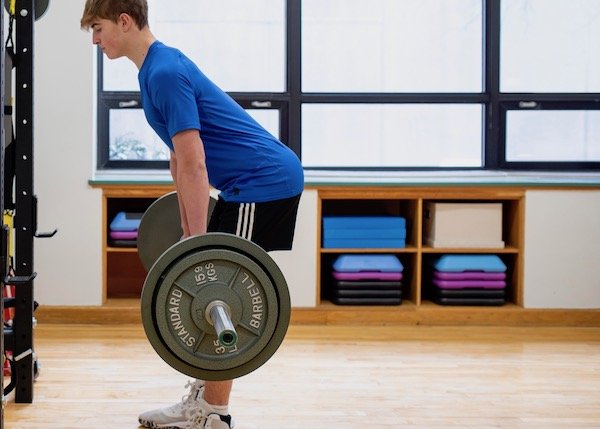Unlocking True Mobility: The Power of Relaxation Over Force
In the world of fitness, the pursuit of improved mobility often takes a backseat to the prevailing belief of "harder, faster, stronger." Unfortunately, this mindset can lead individuals to overlook a crucial aspect of mobility training – the difference between forcing the body into a stretch and the transformative power of progressive relaxation. In this blog post, we'll delve into why your mobility training might not be working and explore the misconception that more effort always yields better results.
The Misconception of "More Effort = Better Results":
1. Fight or Flight vs. Rest and Digest:
One of the primary reasons more effort doesn't always translate to better mobility is the impact on the nervous system. More effort tends to activate the sympathetic nervous system, triggering the "fight or flight" response. When our nervous system perceives a threat, it tightens muscles and restricts movement, hindering the very progress we aim to achieve in mobility training.
2. Creating a Safe Environment:
Mobility work involves repositioning drills and stretching exercises to reach new ranges of motion. However, if the body interprets these positions as threatening, progress becomes stunted. For lasting improvement, it's crucial to create an environment where the body feels safe and secure, encouraging the activation of the parasympathetic nervous system – the "rest and digest" state.
The Sympathetic vs. Parasympathetic Nervous System:
1. Sympathetic Nervous System (SNS):
Activated during stress or perceived threats.
Triggers the "fight or flight" response.
Can inhibit mobility gains due to heightened muscle tension and restricted movement.
2. Parasympathetic Nervous System (PNS):
Activated during relaxation and rest.
Promotes the "rest and digest" response.
Facilitates improved mobility by reducing muscle tension and allowing for greater flexibility.
The Role of Controlled Respiration (Breathing):
1. Breath and Parasympathetic Activation:
Controlled breathing is a powerful tool to shift the body into the parasympathetic nervous system.
If you can't breathe comfortably in a position, you likely don't own it, and your body may interpret it as a stressor.
2. The Importance of Feeling Safe:
A relaxed state during mobility drills signals safety to the nervous system, allowing for greater adaptability and long-term improvement.
“I felt great for a few hours after my massage and then it went right back to what it was before”
- says almost everyone
The Missing Link: Training After Mobility Work
While mobility drills and breathing exercises are critical to unlocking new ranges of motion, there's a common mistake many people make – they stop there. Whether it's after a massage, physio, or chiropractic session, too often people experience temporary relief, only to have their body revert back within hours or days. Why? Because the nervous system hasn't been taught what to do with that new range of motion.
In order to retain and solidify the mobility gains you've just achieved, it's essential to follow up with training or neural stimulation. Your body needs to experience controlled movement in this new range so that it can "remember" and integrate it into your movement patterns.
Why Training Is Key:
When you mobilize, you're creating new possibilities for movement. But without reinforcing it through strength training or neuromuscular engagement, your nervous system doesn't fully integrate these gains. This often leads the body to revert to its previous, more limited movement patterns. By training after mobility work, you’re helping your body understand and use this new range of motion effectively, preventing the regression that so many experience.
Think of it this way: Mobility gives you the access to more range, and training teaches your body how to control and own that new range. To retain and sustain long-term mobility, it's crucial to follow the process of mobilize, then train.
Recap: The One - Two Punch
The key takeaway from the misconception of "more effort, better results" in mobility training is the importance of relaxation over force. However, once you've created a safe and relaxed environment for mobility, the next step is to train or engage in some form of neural stimulus to lock in that newfound range. By understanding the role of the nervous system and the value of progressive relaxation followed by structured movement, you unlock not just short-term gains but sustainable, long-term flexibility and functional movement.
Embrace the power of relaxation, and remember – mobilize, then train for lasting results.
For Free mobility videos click here or to book in a Free Onboarding Call click here.






